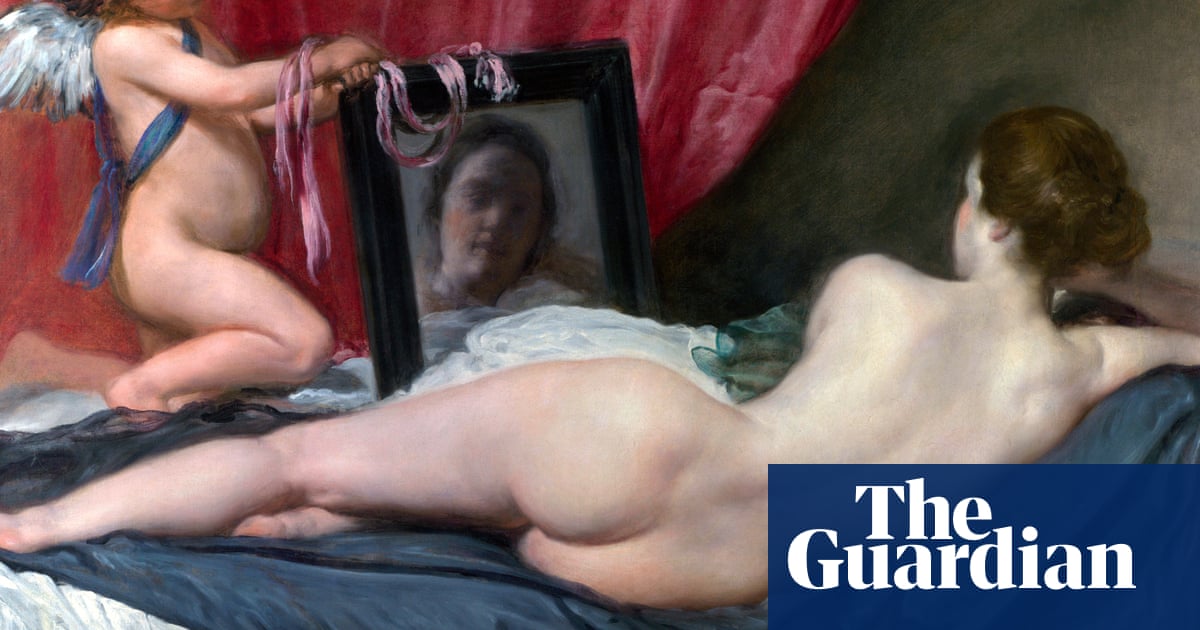
""When we fall in love with a person, we fall in love with the copy of them, inexpertly done, that we carry around with us whenever they aren't there.""
""Grace begins to wear her scarf at the side of the neck as her lover does, and to feel clearer and more deliberate and more like myself as she does so.""
""The Original has two strands of copying: both are preoccupations of the late-Victorian era the book is set in.""
""Stevens is one of a generation of writers finding new ways to queer the Victorians, who were themselves already pretty queer by the late 1890s.""
Nell Stevens' novel 'The Original' explores themes of copying and identity, particularly in relation to love and education. Through protagonist Grace, who mimics her lover's style, Stevens conveys that our love often consists of the façades of those we adore. Drawing on the late-Victorian era, the narrative interweaves Grace’s artistic journey of creating forgeries and copies, set against her complex family history. The book also reflects a growing trend among contemporary writers to reinterpret and queer the Victorian narrative, demonstrating the era's inherent complexity and fluidity in identity and sexuality.
Read at www.theguardian.com
Unable to calculate read time
Collection
[
|
...
]